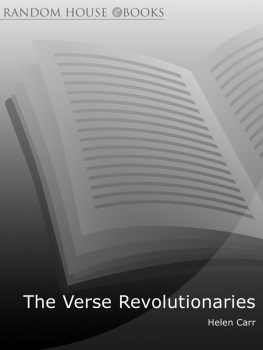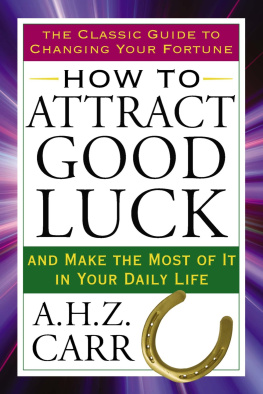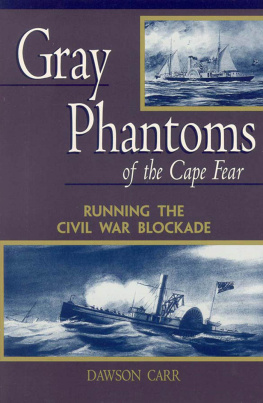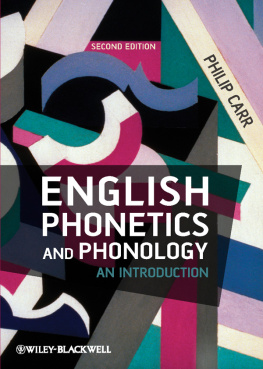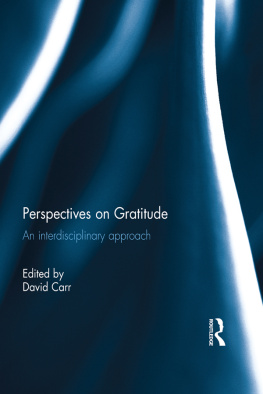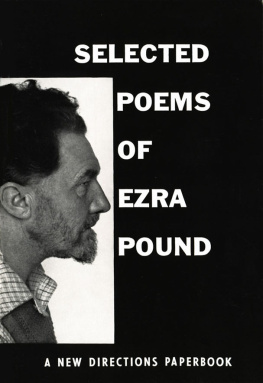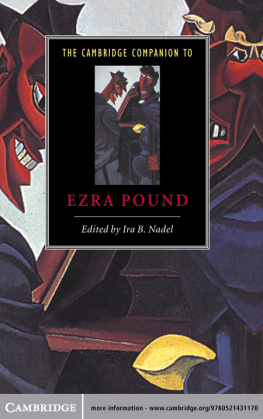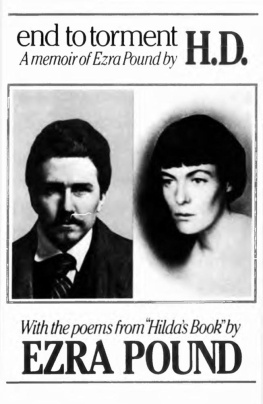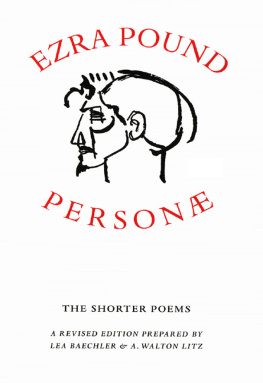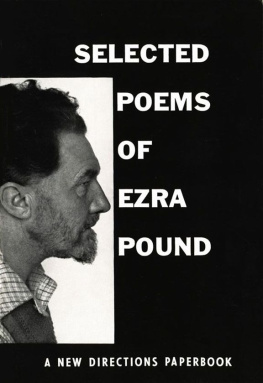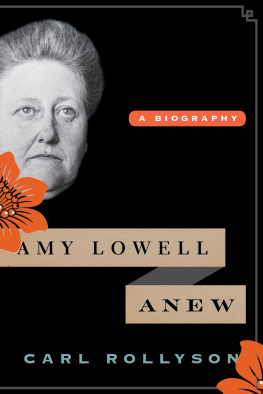CONTENTS
LIST OF ILLUSTRATIONS
FIRST SECTION
H.D. at fourteen (Beinecke Rare Book and Manuscript Library)
H.D.s mother, Helen Doolittle (Beinecke)
H.D.s home in Upper Darby (Beinecke)
Ezra Pound at Cheltenham Military Academy in 1898 (University of Pennsylvania Library)
Ezra Pound in Iphigenia in Tauris (University of Pennsylvania Library)
H.D. at Bryn Mawr, c.1906 ( 2005 by Special Collections Department, Bryn Mawr College Library)
Elkin Mathews bookshop
Ford Maddox Ford, c.1915 (Getty Images)
Dorothy Shakespear, c.1910
Olivia Shakespear, c.1910
T.E. Hulme in his late twenties (Hull University Archives, Brynmor Jones Library DHU/10)
F.S. Flint ( by kind permission of Linda Flint)
Aubrey Beardsleys title page for Florence Farrs The Dancing Faun ( British Library Board. All Rights Reserved Cup. 401.e.27)
Songs published for the 1904 Festival of the Glens
Beardsleys poster for Florence Farrs 1894 season at the Avenue Theatre (V & A Images, Victoria and Albert Museum)
W.B. Yeats in about 1910 ( British Library Board. All Rights Reserved Add. 50585, f.93)
John Gould Fletcher in 1914 (UALR Archives & Special Collections)
Frances Gregg, c.1912 (by kind permission of Chris Wilkinson)
A Decades Progress Punch cartoon ( British Library Board. All Rights Reserved Punch 13/12/1911)
Brigit Patmore (Photography Collection, Harry Ransom Humanities Research Center, The University of Texas at Austin)
Rabindranath Tagore by William Rothenstein, 1930 ( estate of Sir William Rothenstein/National Portrait Gallery, London)
SECOND SECTION
Harriet Monroe in Chinese dress (Beinecke)
Alice Corbin Henderson (Photography Collection, Harry Ransom Humanities Research Center, The University of Texas at Austin)
Publicity for Harold Monros Poetry Bookshop ( British Library Board. All Rights Reserved The Daily Graphic 4/01/1913)
Dora Marsden
Ezra Pound in October 1913 (copyright reserved; collection National Portrait Gallery, London)
The Peacock Dinner, January 1914 (Photography Collection, Harry Ransom Humanities Research Center, The University of Texas at Austin)
Wyndham Lewis, 1914 (Getty Images)
Harold Brodzkys cartoon The Lewis-Brzeska-Pound Troupe (Reproduced by kind permission of the Syndics of Cambridge University Library)
Blast, 2 July 1914 ( by kind permission of the Wyndham Lewis Memorial Trust a registered charity)
Page 6 of Blast ( by kind permission of the Wyndham Lewis Memorial Trust a registered charity)
Self-portrait of Henri Gaudier-Brzeska (Kettles Yard, University of Cambridge)
Advertisement for Amy Lowells second volume of poetry
T.S. Eliot, 1910 (by kind permission of the Houghton Library, Harvard University)
Catholic Anthology 19141915 (University of Delaware Library, Newark, DE)
Blast war number ( by kind permission of the Wyndham Lewis Memorial Trust a registered charity)
T.E. Hulme in 1914 (Getty Images)
D.H. Lawrence in 1915 ( National Portrait Gallery, London)
Amy Lowell, 1916 (by kind permission of the Houghton Library, Harvard University)
John Gould Fletcher and John Cournos (UALR Archives & Special Collections)
Officers and Signallers ( by kind permission of the Wyndham Lewis Memorial Trust a registered charity; collection Imperial War Museum, London)
H.D. during the war years (Beinecke)
Richard Aldington (Beinecke)
Pound by Lewis, 1920 ( by kind permission of the Wyndham Lewis Memorial Trust a registered charity; collection Manchester City Galleries)
To Tony, and in memory of Ben Pimlott
THE VERSE
REVOLUTIONARIES:
Ezra Pound, H.D. and The Imagists
Helen Carr

PROLOGUE
O NE afternoon in 1912, Ezra Pound, flamboyant poet and polemicist, already viewed by literary London with mingled amusement and alarm, met his fellow-American Hilda Doolittle in the British Museum tearoom. They had both been working in the Reading Room. Pound already had eight admittedly slim books to his credit: Doolittle had published nothing but a few childrens stories, though she had been writing poetry for some years. She had given him one of her recent poems to read. But this is poetry, Pound exclaimed. He scrawled H.D. Imagiste at the bottom, and took it off to post to Poetry, Harriet Monroes Chicago-based avant-garde magazine. The imagist movement was born.
That, at any rate, is H.D.s version of the origin of imagism, though according to her future husband, Richard Aldington, the first poet to be published with the imagist label attached, it was in the Fuller tea-shop in Kensington that Pound first named the pair of them imagists. According to Pound himself, he thought up the term one evening, apparently in solitude, and tea-less. But they all three agree that imagism was named by Pound some time in 1912: indeed this is one of the few elements in the contentious and hotly disputed story of the imagist movement on which there is general agreement. Where it came from, whose ideas it represented, what indeed imagism meant, who was or was not an imagist were all fiercely debated questions for most of the movements existence, as they have been in literary history since.
All these are questions which I try to answer in this book. The advent of the imagists, one of the most turbulent and colourful poetic groupings of the twentieth century, marked the beginning of Anglo-American modernism, three decades of extraordinary creativity in which appeared the most important works of such writers as T.S. Eliot, Virginia Woolf, Wallace Stevens, W.B. Yeats, James Joyce, D.H. Lawrence, William Carlos Williams and many more. There were earlier works which would now be identified as modernist, Gertrude Steins 1909 Three Lives for example, but it was with the imagists that it became apparent that a new movement was launched. As Eliot was to say, appropriately reinvoking the imagist habit of turning anything they admired into French, the imagist movement was modern poetrys point de repre. Yet what was the imagists significance for this richly productive period of radical and self-conscious experiment? A disparate, stormy group, who had dispersed before the 1920s began, there is no doubt that they achieved a succs de scandale. Their poetry pared-down, elliptical, fragmentary, vivid, with unexpected images and juxtapositions exerted a powerful influence on modernist writers, both poets and novelists, and their ideas and the debates they provoked played a vital role in the transformation of American and British cultural life that occurred at the time of the First World War.
The story of the imagists themselves is full of rich drama, involving passion, betrayal, sexual jealousy, literary envy, bereavement, shell-shock, class antagonisms, friendship, adultery, cruelty, bullying and pique. Three years before imagism was named by Pound, many of its ideas and practices were being tentatively explored by a group of young poets who met in the Tour Eiffel restaurant in Soho, led by the pugnacious T.E. Hulme. Of these, only the American Pound and the English F.S. Flint would go on to form part of the later imagist group, Hulme having given up poetry, though his ideas would still be influential, while two of the others, Joseph Campbell and Desmond FitzGerald, were by then more interested in a different kind of revolution, the fight for Irish independence. The new recruits included, besides H.D. and Aldington, two more Americans, Amy Lowell, rich, charismatic and determined, and the moody, super-sensitive John Gould Fletcher. The English D.H Lawrence would contribute to the anthologies, though always insisting he was not an imagist, but their way of writing undeniably had an impact on his poetry. There had been a possibility that Ford Madox Ford would join them, and though he did not, he plays a not insignificant role in this story; and while W.B. Yeats allegedly described imagist poetry as the devils metres, he was also a potent presence for many of them. Indeed the relative importance of the influence of Yeats, Ford and Hulme is one of the most disputed aspects of the story. Most contentious of all, however, is what one might describe as the third stage of imagism, when Pounds role as impresario was taken over by Amy Lowell. Pound insisted that imagism became hopelessly diluted Amygism after that, and would have nothing to do with the later anthologies. He incorporated his version of imagism into his next movement, Vorticism, which he launched with the painter and writer Wyndham Lewis and the sculptor Gaudier-Brzeska, and found a new poetic ally in T.S. Eliot. Yet it was Lowells promotion of imagism that had most impact in America. The Vorticists were aggressively masculine, described indeed as masculomaniacs by the art critic, John Cournos; imagism after Pound was very much led by women.

